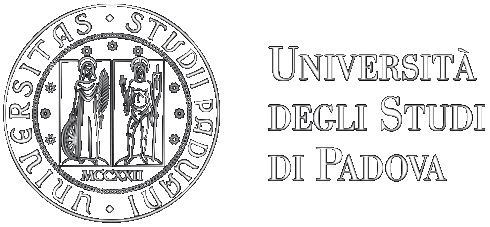These exhibits come from the Museum of Oriental Art of Ca’ Pesaro in Venice, and form part of a collection of some 36,000 items accumulated by an inveterate traveller and collector, Enrico di Borbone, Count of Bardi (1851-1906), and his spouse Aldegonda di Braganza.
In 1887, Enrico di Borbone had undertaken a long trip to the East, in the company of his wife and a few friends. As discernible from the multiplicity of objects making up this sizeable collection, Borbone had a wide range of artistic and cultural interests, and a taste for the exotic that was quite the fashion in those days.
The collection comprises objects that range from clothing and personal effects to weapons and armour, and from art ceramics to ritual objects,
On the death of her husband (1906), Aldegonda sold the collection to the Austrian antiques dealer Trau, from whom it was the confiscated (in wartime, 1918) by the Italian government and installed permanently in the Ca’ Pesaro. It was decided subsequently for logistical reasons to transfer some of the material (more than 2000 pieces) to the University of Padua (two shipments in 1935 and 1942).
The items are mostly from Japan, China and Thailand: impressive suits of dress armour from the Edo period, weapons and swords; and a fine collection of kimonos and garments of textured silk — some of extravagant design — together with accessories. Also worthy of note are the furnishing items, black lacquer and gold tea services, ceramic wares and porcelain, ritual Chinese vases and other items of bronze, painted and inlaid brushes; a collection of ceramic statuettes depicting various personages, arts and crafts; no less interesting are the musical instruments, toys, and a superb collection of dolls.
Among the objects of Indonesian provenance, there is a collection of Wayang shadow-play puppets, accompanied by various musical instruments. And from Java, South-East Asia and Japan, there is also a set of model dwellings.
The collections of particular interest include a number of Dayak swords and shields from Borneo, painted with demonic faces and adorned with human hair.


